Most Amazon businesses looking to grow aggressively on the platform with countless marketing efforts end up forgetting about their initial goals and bet on every type of demand without even differentiating them.
Terrible mistake; as demand is the basic foundation of every business. And most importantly, understanding which type of demand they are focusing on is pivotal for their potential growth on Amazon and impacts their risk profile.
If you’re not sure which you’re levering or whether you should shift your focus on one, this blog is worth your time.
Before we get to which demand fits your business best, let’s touch on a couple of points so that you truly understand the concept of demand.
What is Demand?
Traditionally, demand refers to the consumer’s will to purchase something during a specific period. But as you would imagine, this is just an old definition and doesn’t accurately describe what demand means in today’s digital lead generation system.
Due to the complexities of today’s sales and marketing funnels, the demand isn’t based just on the consumer’s will to buy. It also encloses the marketing team’s capabilities to convince the consumer to buy a product or service.
Thus, today’s demand is divided into two big parts that combine a marketing funnel — Demand Generation and Demand Creation.
Are we speaking Chinese?
Don’t worry, let’s first dive into what both demands are in detail so you can determine which is more important for your business growth.
What is Demand Generation?
Demand generation is considered the first part of the marketing funnel and a marketing effort that focuses on building brand awareness by creating a demand for a specific product in the market.
During this first stage, the users’ interest is exploited to bring attention to the company’s products or services. That is why, when a brand launches a new product or service, the marketing team focuses on telling the consumers about the product, making them want and need something they didn’t even know they desired.
The whole marketing effort focuses on educating customers about the product and how it solves a real problem!
Just think about navigating through Amazon. Suddenly, a product you didn’t even think of buying before pops out. And now, you feel the need to purchase it, right?
What’s even more interesting is that even if you aren’t going to purchase the item, you certainly clicked on the ad, and now you know there is a product or brand you might consider buying in the future.
What is Demand Capture?
Demand capture is the second stage in the funnel. Once you’ve created the demand in the market, the only thing left is encouraging customers to make a final purchase decision. You need to capture the demand you created!
Can you see the difference between demand generation and demand capture now?
Whereas demand generation means you’re not still sure who your target customers are; when you focus on building demand capture, you are nurturing and reaching the customers you already identified who are willing to purchase your products or services.
The short version of this is that, while demand generation aims to create demand via marketing, demand capture capitalizes on the demand that already exists.
Let’s continue with the previous example to understand it: You didn’t buy the item you fell in love with when navigating through Amazon. However, the same ad showed up when you were navigating on Facebook.
Is it a mere coincidence? We can guarantee you it is not! The marketing team gathered your information and placed a Facebook Ad for you to make a final decision and buy from them.
Now that you can differentiate between both types of demand, we’ve come to the million-dollar question…
Which You Should Focus On?
As much as we would like to give you a specific answer, the reality is it depends on the stage of your business and your current marketing goals.
If you’re new in your category or are launching a new product, it would be more logical to spend most of your time educating customers about your products as they don’t know you and what your product is. On the other hand, if you’re an established brand and shoppers already know you, it would make sense to focus more on reaching out to existing demand.
However, you should never forget that demand generation and demand capture are both parts of a marketing funnel- meaning it is important to target both demands in adequate proportion to keep the sales growth.
Simply put, if your marketing efforts are focused only on promoting your products, how do you expect to capture your generated leads? But on the other hand, if your marketing strategy is based just on capturing the demand, you will only reach out to a limited customer base and lose the opportunity to pitch to other potential customers.
In conclusion, working on both demand generation and capture is crucial to obtain maximum results. Ideally, your marketing funnel will first focus on generating demand and then capturing it. What varies from business to business is the proportion of each marketing effort.

